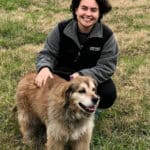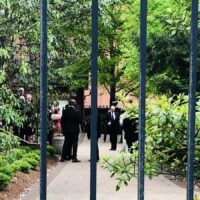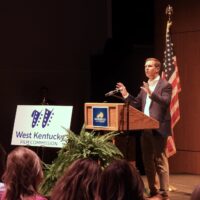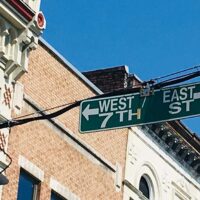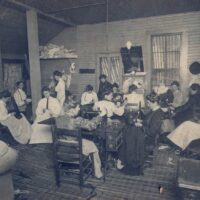The extremists arrested for invading the U.S. Capitol one year ago represent a broad swath of the nation’s geography and are no more likely than the general population to be from small towns and rural areas, a Daily Yonder analysis shows.
County-level political geography didn’t seem to be a major factor, either. The insurrectionists are only slightly more likely than the general population to come from a county that Donald Trump won by a landslide in the 2020 presidential election.
About 14% of the U.S. population lives in rural (or nonmetropolitan) counties, according to 2020 Census data.
But only about 12% of the January 6 arrestees were from rural counties. That means on a per capita basis, rural Americans are a bit less likely than the general population to have been charged for crimes in the Capitol insurrection.
At the other end of the population spectrum, the residents of the nation’s largest cities were also a bit less likely to have been arrested for the insurrection. About 28% of the U.S. population lives in the central counties of metropolitan areas of more than 1 million residents. But just 25% of the arrestees were from these areas.
Residents of medium-sized metropolitan areas were a bit more likely to be among the January arrestees. About 21% of the U.S. population comes from metropolitan areas with populations of 250,000 to 1 million residents. About 25% of the people arrested in connection with the January 6 invasion of the Capitol were from medium-sized metropolitan areas.
As for the local political environment, about 29% of the people arrested in connection with the insurrection are from counties where Trump won the 2020 vote by a landslide, defined as more than a 20-point margin in the two-party vote. Only 24% of the U.S. population lives in Trump landslide counties.
The geographic distribution of January 6 arrestees has remained relatively consistent throughout the course of the judicial proceedings against the insurrectionists. The Daily Yonder found similar results in analyses conducted in February and April of 2021.
At that time, researchers told the Daily Yonder that attributing the insurrection to a rural “Trump Country” movement was not valid. Trump did win nonmetropolitan counties in 2020 by a margin of 2 to 1. But he also received broad support in all but the central counties of the nation’s largest cities.
(The Daily Yonder analyzed a database of Jan. 6 arrestees compiled from USA Today and the Washington, D.C., U.S. Attorney’s office. In some cases, we couldn’t determine a defendants’ home county, so we omitted these arrestees. That left us with 637 arrestees. We defined rural as nonmetropolitan, according to the 2013 Office of Management and Budget list of Metropolitan Statistical Areas. Major metropolitan areas have populations over 1 million. Medium-sized metros have populations of 250,000 to 1 million. Small metros have populations of 50,000 to under 250,000.)
Claire Carlson is a reporting fellow at The Daily Yonder. She lives in Portland, Oregon.
